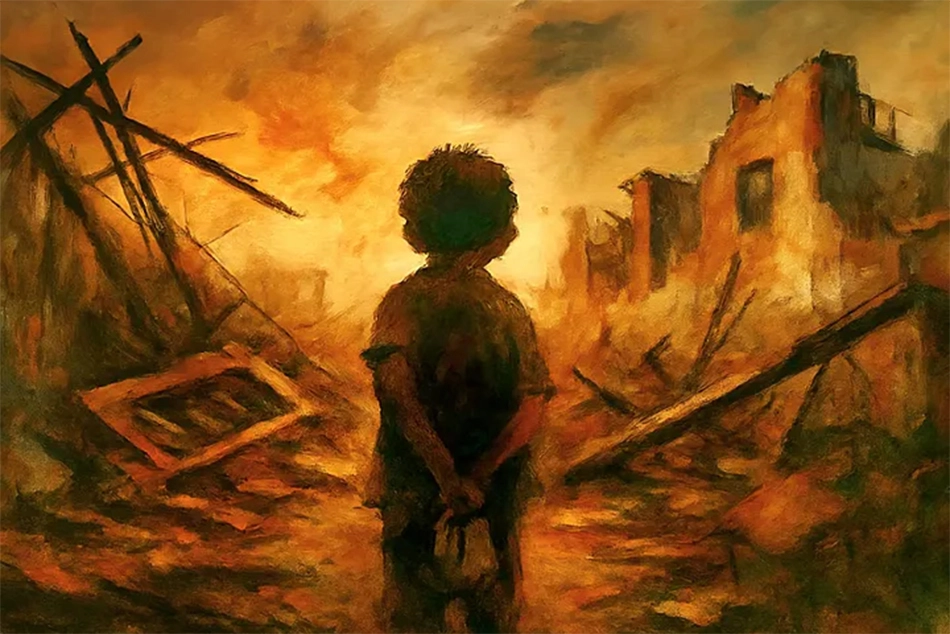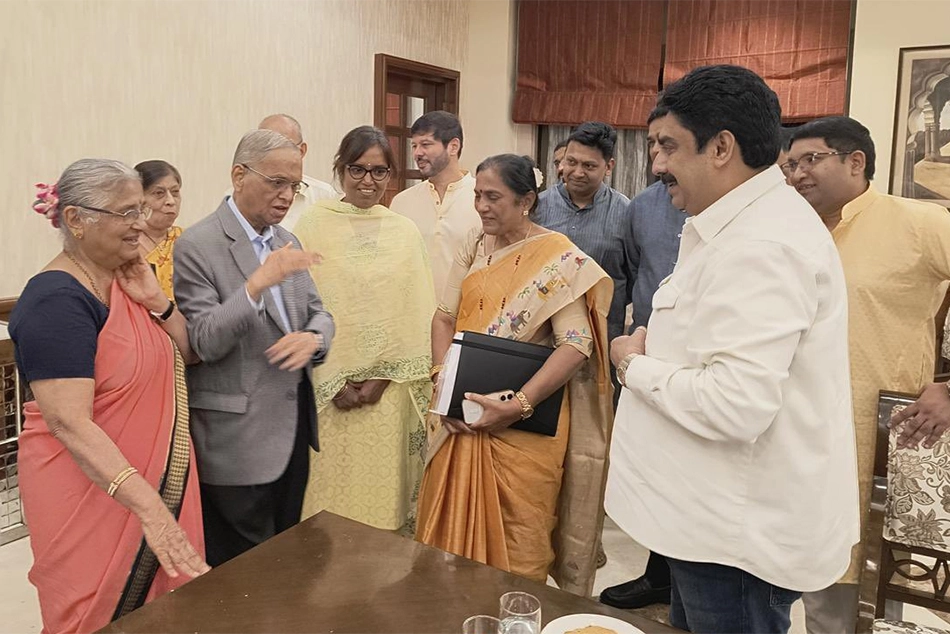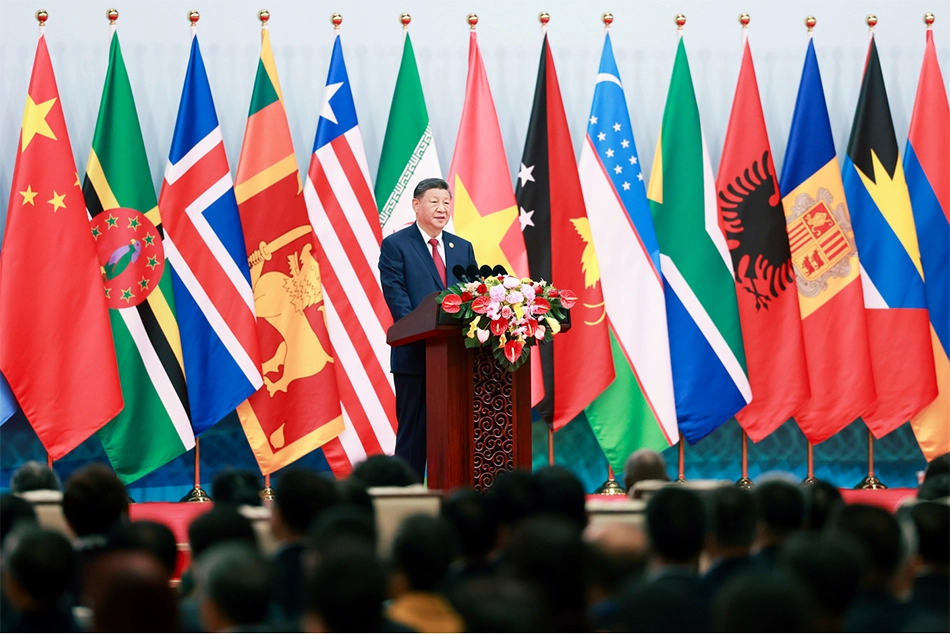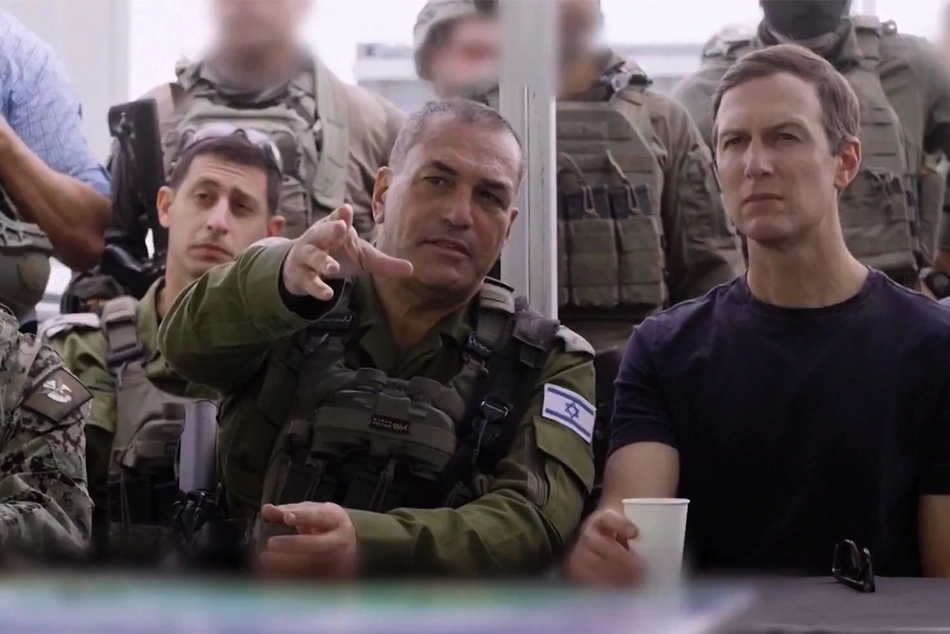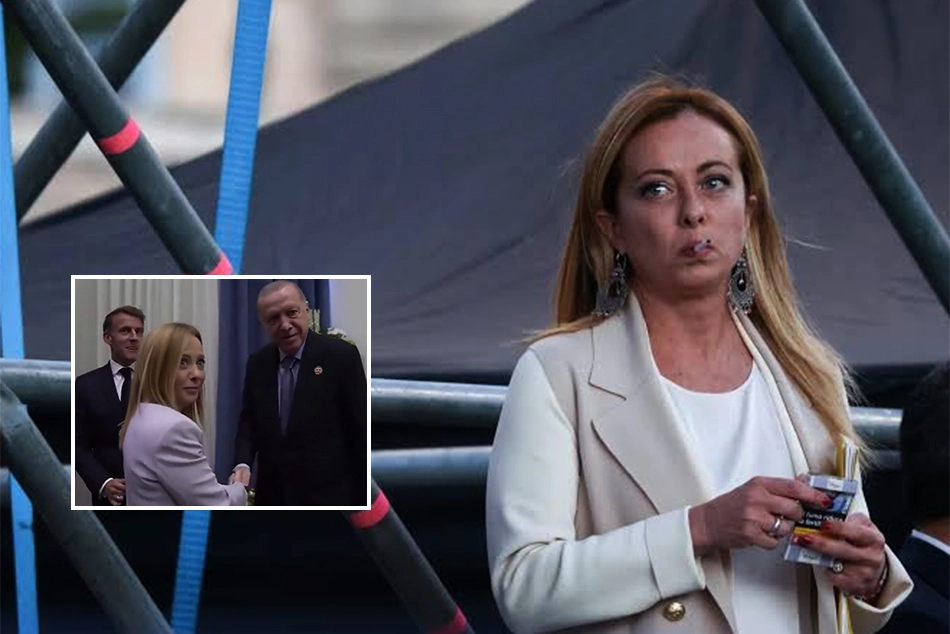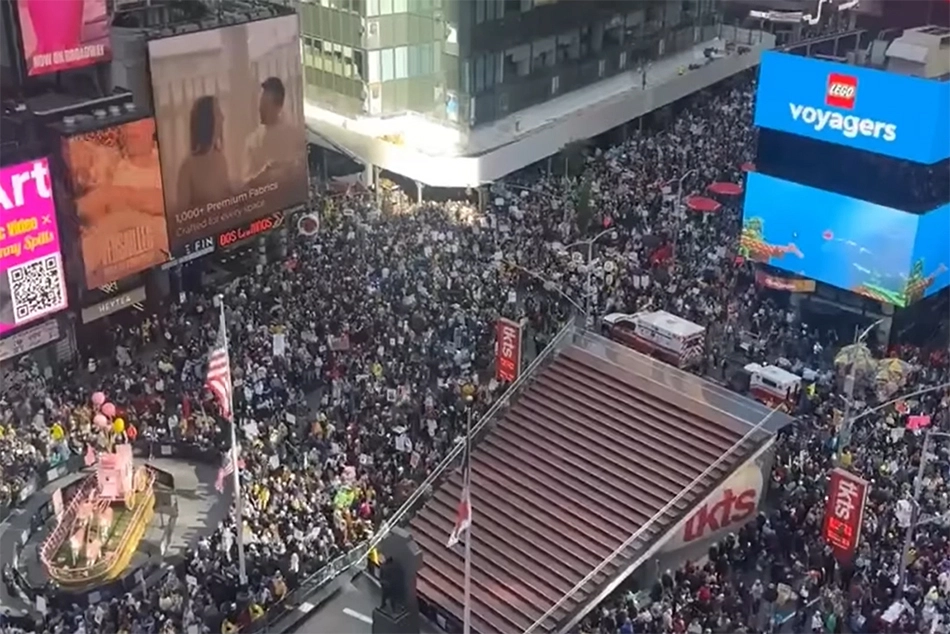
Oct 1989 Bhagalpur Riots - 36 Years On
The riot that began on October 24, 1989, in Bhagalpur was the first in which thousands, armed with traditional weapons, began attacking minority communities — from Bhagalpur city out to the rural areas of Bhagalpur district.
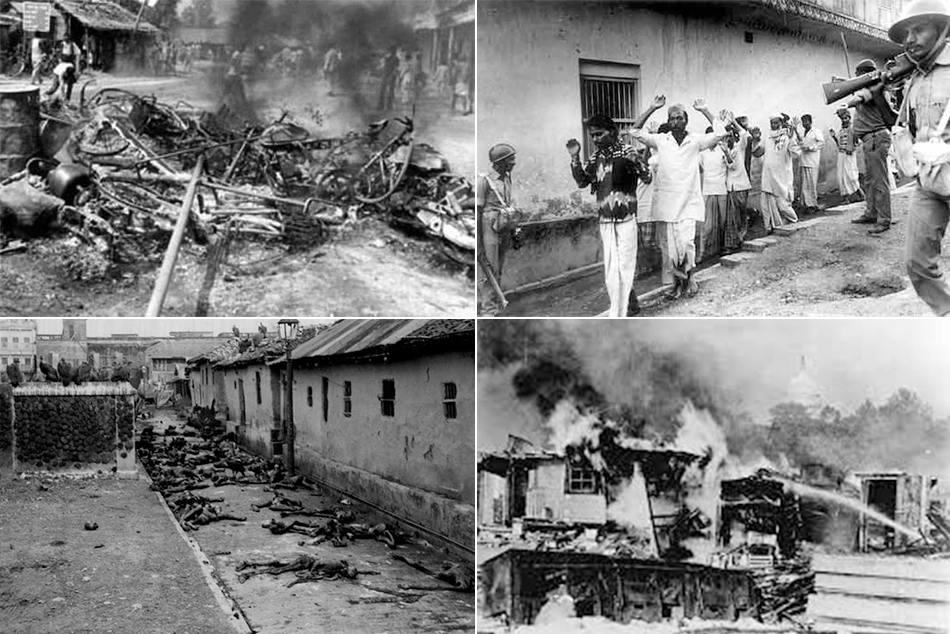
Introduction
This year marks 36 years since the October 1989 Bhagalpur riots. Even after the riots during India’s partition, sporadic outbreaks continued, but these were usually confined to a few lanes and neighborhoods.
However, the riot that began on October 24, 1989, in Bhagalpur was the first in which thousands, armed with traditional weapons, began attacking minority communities — from Bhagalpur city out to the rural areas of Bhagalpur district.
This approach was later used in Gujarat thirteen years later, leading to the popularization of the term “Gujarat Model.”
Historical Background and Patterns
There had been riots before Bhagalpur, but most were limited to small areas. The Bhagalpur riot, by contrast, involved almost the entire Bhagalpur Commissionerate, even impacting neighboring districts like Munger, Godda, Banka, Sahebganj, and Dumka.
Amid the Babri Masjid–Ram Janmabhoomi dispute, the Bhagalpur riot was a planned event. Two dangerous rumors were deliberately spread to incite violence:
- A rumor that 400 students from Bhagalpur University were killed by the Muslim community.
- A rumor that 400 female students of Bhagalpur Women’s College were raped.
At the time, there was no social media. Instead, people were sent on motorcycles to spread these rumors. This is why the RSS has been pejoratively called the “Rumour Spreading Society.”
This technique was again visible with the Ganesha idol drinking milk rumor. Later, in Gujarat in 2002, a procession of charred bodies from the Godhra train was paraded in Ahmedabad to inflame tensions, and attackers, carrying voter lists and gas cylinders in trucks, targeted minorities even more systematically.
Notably, the Gujarat riots saw the first widespread incidents of sexual violence against minority women.
Political Context and Riots
Previously, the Indian National Congress made mistakes by supporting communal agendas. In the Shah Bano case of 1985–86, under pressure from fundamentalists, then–Prime Minister Rajiv Gandhi overturned the Supreme Court’s decision and unlocked the Babri Masjid, providing a launchpad for Hindutva forces.
Lal Krishna Advani, himself displaced by Partition, used the Babri Masjid–Ram Janmabhoomi dispute to mobilize supporters—culminating in the Bhagalpur riot, which began during a ‘Shilapuja’ (foundation stone ceremony) procession on this date 36 years ago.
As per official record, the riot began on October 24, 1989, purportedly after a stone-pelting incident at Tatarpur Chowk. Processions were not permitted to pass through Tatarpur, but they did so anyway—a common tactic for escalating riots. Other provocations—loud music before mosques, processions through Muslim-majority areas, desecrating places of worship—have been observed in many riots post-independence.
Role of Organizations and Social Dynamics
The Justice Madan Commission, which investigated the Jalgaon and Bhiwandi riots in the 1970s, stated in its report:
“Whether or not RSS members were directly involved in the riots, their daily shakhas actively foster a mentality of hatred against minorities, encouraging people to join riots.”
Bhagalpur is a living example.
At that time, I lived in Calcutta, about 400 km from Bhagalpur. Bhagalpur was once part of Bengal Province, later becoming part of Bihar. The city has a Bengali population. Notable figures from here include novelist Sharat Chandra Chattopadhyay, poet Banaphool, thinker Ashis Nandy, filmmaker Tapan Sinha, and actor Ashok Kumar.
Geography, Economy, and Social Makeup
Bhagalpur is a city from the Mahabharata era—the adjacent Champanagar was capital of Ang Pradesh, ruled by Karna. The local language is Angika. Bhagalpur is on the banks of the Ganga, where the river turns 90 degrees toward Bengal. The city is known for its width, fertile land, and abundance of dolphins.
According to the 2011 census, Bhagalpur’s population is about four lakhs (400,000), with Muslims making up 29% and Hindus about 70%. Areas like Tatarpur and Champanagar have Muslim majorities. Their main occupation is Bhagalpur’s renowned silk weaving—exported globally. Most power loom owners are Hindu Marwaris, though some Muslims began owning looms and were specifically targeted during the riots.
Agriculture is thriving—grains, vegetables, and fruits abound. Muslims mainly handle weaving and related businesses, while Marwaris dominate due to capital. Marwaris, often RSS members, support maintaining the status quo and are influential in the Sangh’s activities. During riots, backward, Dalit, and Adivasi communities are often mobilized to attack Muslims—a pattern consistent from Bhagalpur to Gujarat.
Caste Dynamics and Mobilization
Even in undivided India, this dynamic existed. While the RSS orchestrated riots from behind the scenes, most direct participants belonged to the Mandal (OBC) category. The Gujarat riots of 2002 were the first clearly state-sponsored riots in India; the current Prime Minister bore ultimate responsibility, as even former PM Atal Bihari Vajpayee censured him for failing to uphold “Raj Dharma.”
In the aftermath, it was clear to me that politics in India would be dominated by communal polarization for the next fifty years, something plainly visible today. Hence, campaigns like ‘Bharat Jodo’ (Unite India) and ‘Nafrat Chhodo’ (Give Up Hatred) have become necessary.
For over fifty years, frustrations among lower castes have brewed. OBCs are being skillfully included in the RSS, becoming instruments for communal violence and attacks on minorities—Narendra Modi being the most notable example. Our progressive friends also blame the RSS, founded by Maharashtrian Brahmins, but in most riots (from Khairlanji to Bhagalpur to Gujarat), OBC participation is direct. Unless campaigners against caste acknowledge this, riots will continue.
Although the movement to annihilate caste was started 200 years ago by Mahatma Jyotiba Phule and Savitribai Phule, today, most OBCs are joining fiercely communal, caste-based parties, acting as vanguards against minorities.
Political Shifts Post-Independence
In Bihar, Congress ruled until 1967. From then, due to Dr. Ram Manohar Lohia’s initiatives, coalition governments began, culminating in the Janata Party victory in 1977.
The RSS, as a disciplined force, benefited most, gaining power in many states and at the center.
Field Experience and Reflections
After the riots, I, along with friends from Shantiniketan—Veena Alase, Shyamali Khastagir, Bani Sinha, Manisha Banerjee, and Mandira Chatterjee—went to Babupur. Manisha and I were delayed, and a destitute local stopped us to ask why we had come. On explaining that we wanted to see how Muslims’ homes had been selectively destroyed, he replied:
“It’s a good thing—the Mians opposed our Ramji’s temple, so their houses were destroyed.”
When I questioned how temple construction would improve his life, a crowd gathered. We pointed out that if it wouldn’t solve their poverty, fueling such disputes was pointless. The crowd said:
“You are the first to talk like this. So far, only those speaking about temple-mosque come. Will you not come again?”
This interaction influenced our future work in Bhagalpur. And this is why, even years later, I return to the city inspired by that question:
“Will you not come again?”
That night, on the return train, we all resolved to continue supporting Bhagalpur.
Ongoing Peace Work and Conclusion
Today, 36 years later, with the help of colleagues from Shantiniketan and local organizations like Paridhi, Ganga Mukti Andolan, Jhuggi Jhopdi Sangharsh Samiti, the Rashtra Seva Dal, teachers, JP Movement veterans, and others, peace and goodwill efforts persist in Bhagalpur.
Yet, in a country of 1.45 billion, this work is incomplete — contrasted with the RSS’s 20 million members, 125,000 shakhas, countless Saraswati Shishu Mandirs and service organizations, the opposition appears scattered.
Given these realities, as the Bhagalpur riot completes its 36th year, these are my candid reflections.
[The writer, Dr Suresh Khairnar, is Ex-President of Rashtra Sevadal.]
Follow ummid.com WhatsApp Channel for all the latest updates.
Select Language to Translate in Urdu, Hindi, Marathi or Arabic
